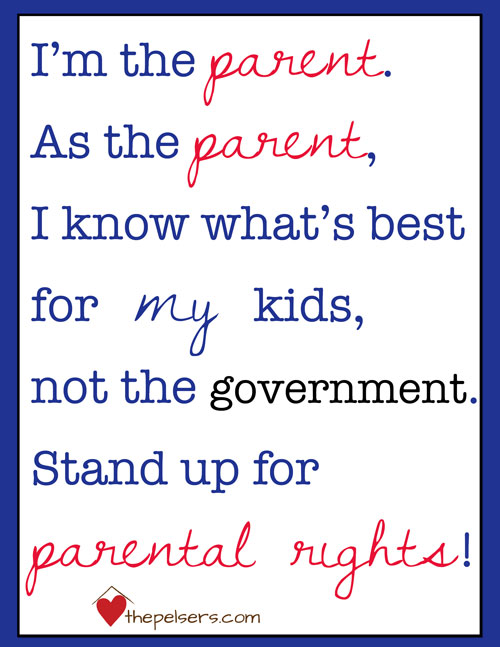Imagine a world where parents are actively involved in their children’s education, where their voices are heard, and where their values are reflected in the classroom. This vision, a dream for many parents across the nation, is now taking shape through the “Parental Rights in Education” bill, often referred to as the “Don’t Say Gay” bill. This legislation, while sparking a fierce national debate, promises to empower parents with significant control over their children’s educational experiences.

Image: www.upi.com
This article provides an in-depth look at the Parental Rights in Education bill, delving into its complexities, its impact, and its implications for the future of education in America. Whether you’re a concerned parent, an educator, or simply curious about the ongoing educational landscape, understanding this landmark bill is crucial. Buckle up, we’re about to embark on a journey into a realm where parental rights, curriculum, and the future of education collide.
Unpacking the Parental Rights in Education Bill
The Parental Rights in Education bill, often referred to as the “Don’t Say Gay” bill, is a piece of legislation that has ignited passionate debates across the country. Its core objective aims to bolster parental rights in education by granting parents greater control over their children’s educational content and activities. However, the bill’s specific provisions and their implications continue to be debated fiercely.
The Heart of the Bill: What Does it Include?
At its heart, the Parental Rights in Education bill focuses on:
- Transparency: It requires schools to provide parents with access to their child’s educational records, including curriculum materials, instructional materials, and any other relevant information.
- Curriculum Control: It grants parents the right to review and challenge educational materials that they deem inappropriate or objectionable.
- Parental Involvement: The bill seeks to promote parental involvement in their children’s education, encouraging collaboration between parents and educators.
The Controversy: A Clash of Values
While the bill’s proponents argue that it empowers parents and promotes transparency in education, its detractors highlight several concerns, primarily focused on the following:
- Censorship: Critics worry that the bill will lead to the suppression of diverse voices and perspectives, particularly those related to LGBTQ+ issues.
- Overreach: Some argue that the bill grants excessive control to parents, potentially interfering with the curriculum and pedagogical choices of educators.
- Division: Opponents fear that the bill will exacerbate societal divides by creating a climate of suspicion and distrust between educators, parents, and students.
Dissecting the “Don’t Say Gay” Controversy
The “Don’t Say Gay” moniker is a widely used label for the Parental Rights in Education bill, stemming from its provision prohibiting the discussion of sexual orientation and gender identity in certain educational contexts. This provision has sparked heated arguments, with proponents arguing that it protects children and safeguards their innocence, while critics contend that it marginalizes LGBTQ+ students and creates a hostile environment for them.
Navigating a Complex Landscape
The Parental Rights in Education bill is not simply a legislative text; it’s a reflection of deep-seated cultural and societal values, a battleground for ideological clashes. Its presence in the educational landscape raises important questions:
- What are the boundaries of parental rights in education?
- How should schools balance the rights of parents with the rights of students?
- What role should education play in shaping cultural narratives and fostering inclusivity?
The Future of Education: Uncharted Territories
The Parental Rights in Education bill is not an isolated event; it signifies a broader shift in the American education landscape. It is part of a growing movement seeking to redefine the roles of parents, educators, and the state in the education system. As we navigate this evolving terrain, it is essential to:
- Engage in open dialogue: Constructive discussions are crucial to finding common ground and bridging divides.
- Support diverse voices: Ensuring that all voices, including those of LGBTQ+ students and families, are heard and respected is essential.
- Focus on inclusivity: Creating a welcoming and inclusive learning environment for all students should remain a core educational principle.
A Call to Action: Embracing Shared Values
Ultimately, the success of the education system hinges on the collective effort of parents, educators, and society at large. We must strive to find common ground, embrace shared values, and work together to create a future where all students have access to a quality education that prepares them for success.
The path ahead is complex and requires a commitment to dialogue, understanding, and collaboration. This is not about picking sides; it’s about finding solutions that benefit all students and empower them to reach their full potential.

Image: www.fixfamilycourts.com
Parental Rights In Education Bill Pdf





